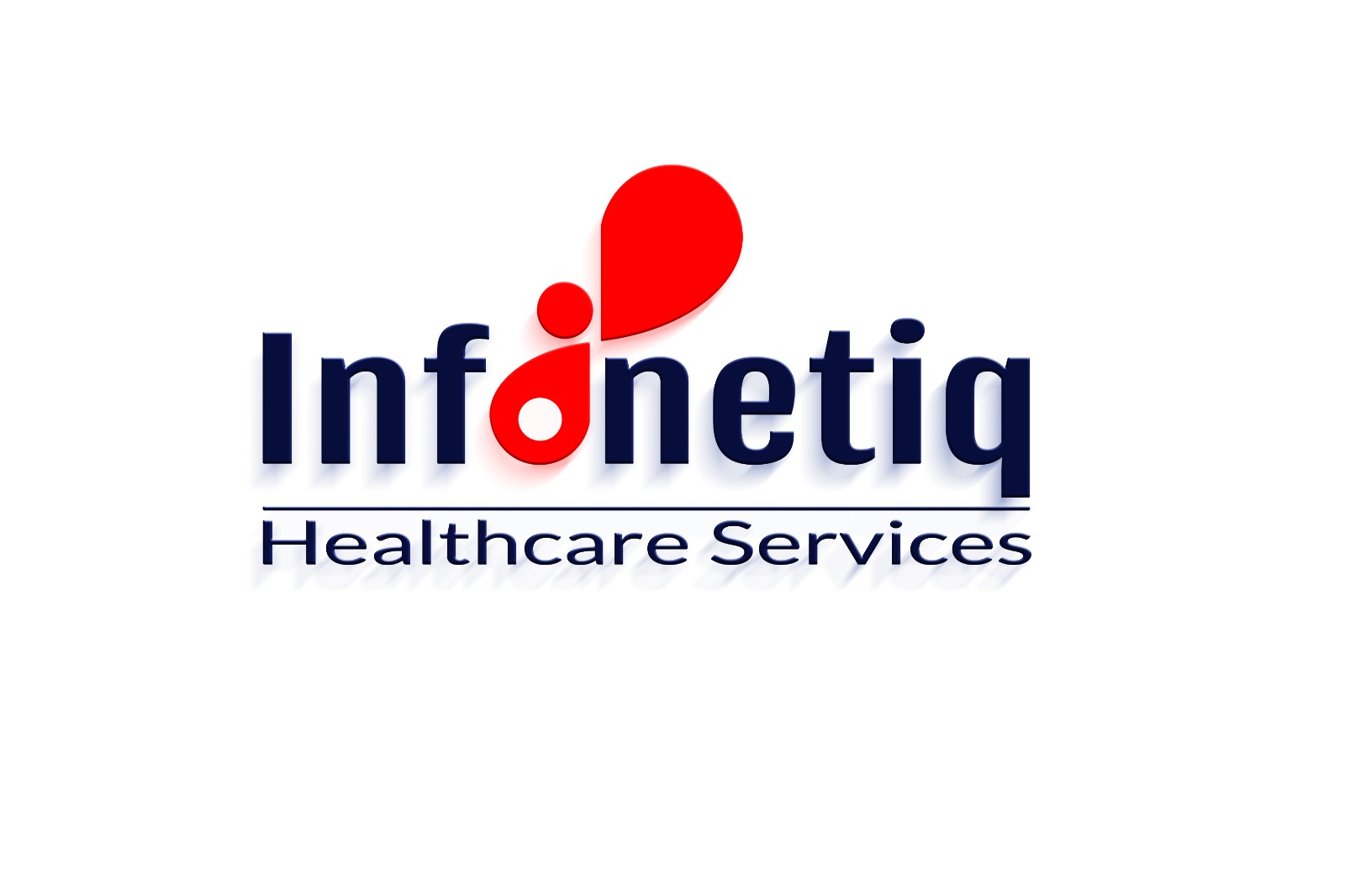True, good denial management may substantially boost healthcare collections. We have extensive knowledge of the healthcare billing sector’s operations and the value of concentrating on denial management. If we don’t focus on denial management successfully, we would lose roughly 10% of collections as “uncollected” amounts. Although every step in medical billing is important, denial management is given particular weight. More analytical and decision-making abilities are needed for denial management. Whether you work for a physician’s office or a medical billing service, how you handle refused claims and secure payment is how others will judge your level of skill. A powerful re-appeal may be able to convince the insurance companies to accept a challenging rejection. You must possess subject-matter expertise, pay close attention to details, and aggressively seek out business updates in order to do that. The capacity to think logically and creatively should be your first priority. Controlling Denials: If a claim does not adhere to their insurance policies, insurance firms will not pay it. Therefore, addressing rejections and preventing reworks may be greatly aided by a long-term perspective. We often learn how not to submit a claim from the denials. However, you cannot experiment if you have to collect other people’s money. Repetition of errors may be quite expensive, thus you must be astute to prevent such denials in the future. Let’s look at the four essential measures that must be taken to manage denials successfully. Examining the underlying reason behind rejections: Instead of focusing on trying to have a claim paid, it’s critical to identify the fundamental cause of the denial. If you don’t conduct the root-cause analysis, you might be able to get the claim resolved, but subsequent claims like it will likely be rejected for the same reason. Working on the same denials repeatedly would seriously hinder your progress and cause you to perform unneeded reworks that consume time and resources that should be used for process. Decision making: All that is left to do is decide how the problem can be permanently addressed once you have identified the fundamental cause of the denial, ensuring that you won’t experience it again. Prior to reaching a decision, you must conduct some research. Make sure your solution doesn’t contain any gaps. Think like an insurance carrier and put yourself in their position. Remind yourself that you have deadlines to meet and that your choice might result in extremely lucrative rewards. You will then be able to evaluate the problems from all angles and make an informed decision. Remedial actions: You have identified the problem and chosen a solution; the next step is to put it into practice. Create a checklist, gather all required data and/or documentation, and place any necessary calls. Make the necessary adjustments in the medical billing software’s relevant places. Audit the claim carefully and take a screen shot. Resubmit it to the insurance company whenever you feel it is ready to go. Record the resolution: Hold off until the claim is approved. When the claim is paid, you should record the solution right away and share it with colleagues who handle denial management so that everyone is aware of how to fix the problem. Effective denial management suggestions include: Keep a separate file in which to record the “reasons for denials” and “corrective measures.” When a unique rejection occurs, it should be instantly updated in this file so that, over time, it may serve as a guide for AR Analysts and aid them in handling denials more skilfully. The Provider Handbook is a wealth of knowledge on insurance plans. Numerous problems with denial management will be resolved by referring to it. To prevent errors connected to new updates in the industry, notifications should be created in the medical billing software and shared with all team members whenever there is an update. Establish a “utilization review team” that will perform a thorough denial analysis and evaluate the denial solutions offered to various customer accounts to determine the best options. Additionally, the team will focus on underpayments and offer ready-made solutions for denial problems. Give each of these suggestions equal weight, and be sure you stay current on new developments in the medical billing sector. You would be in a position to deal with denials before you realized you had missed the most recent developments. Stay away from it! When claims might be refused for a variety of reasons, we cannot group all denials under one umbrella, but in the case of global actions, we must be more proactive in taking the appropriate measures to prevent repeat denials. Additionally, once there are denials, it is crucial to prioritize, picture the problems, and take the appropriate steps. By using these suggestions, you may be sure to get more collections than you bargained for.


